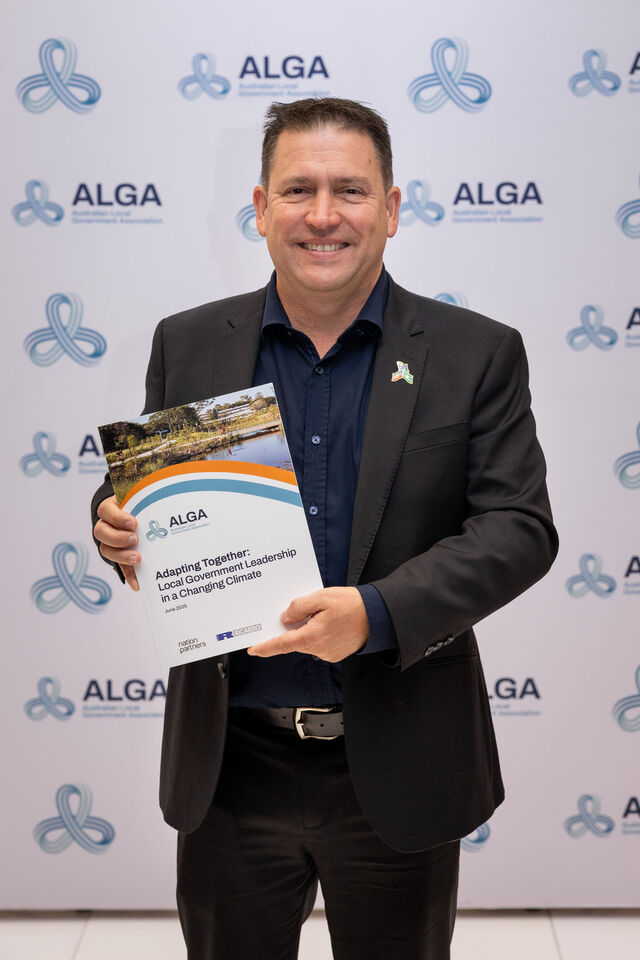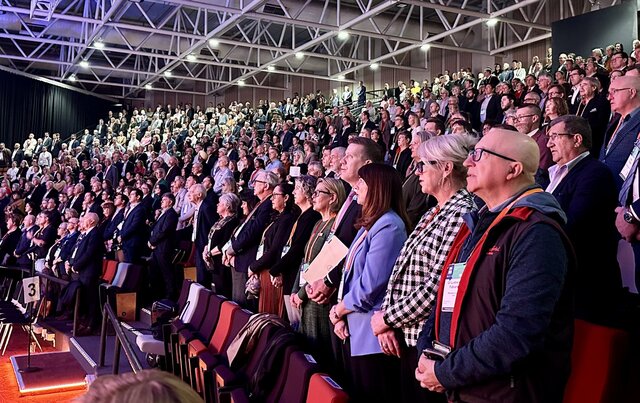The Good Oil * by Rod Brown
My wife recently asked a 35 year old work colleague here in Canberra where he grew up. He replied ‘Country Victoria’. She asked where exactly, and he remained evasive. “It must be Moe, then!” she laughed. He was astounded at her clairvoyance, until she explained that she ‘knows these things’ because her husband was born there. (I’m forever sticking up for Moe and Gippsland).
How did the Moe brand get tarnished? To be honest, Moe never had a really strong brand. It had a modest population until the late 1950s but it exploded as a service centre to the Latrobe Valley power stations in the 1960s and 1970s, when its population grew to about 18,000. It was a tough and proud city.
But things began turning for the worse a little over a decade ago – SECV retrenchments, house values heading south, folks on welfare arriving from Melbourne, the mysterious death of toddler Jaiden Leske, a State Minister cracking jokes about Moe standing for ‘Moccasins On Everyone’. I recount this saga not to be a smart alec, but to highlight the importance of external perceptions, brands and re-establishing regional economic capacity.
Unfortunately the problem is largely left to local Councils, which often lack the external perspective and resources to do anything about it.
I often wonder about the scope for clued up people with an affinity for the region to champion initiatives to the Federal Government and other external audiences. Examples are Steve Bracks (Ballarat), Qantas’ Margaret Jackson (Warragul), Tim Fischer (Snowy Mountains, Riverina), Peter Beattie (Cairns) and Frank Lowy (Temora). In the case of Moe, might they go one step further and rename their city ‘Moet’?
Seriously, Moe has real assets in terms of energy, water, climate, proximity to Melbourne, road and rail services, and easy access to beaches, snowfields, forests, and lakes. The Latrobe Valley could also be a global brand in clean coal technology and alternative fuels, and thereby offset its recent misfortunes.
Further reading: see ‘The Calf Rarely Brands Itself’ at www.iedconline.org/?p=EDJournal
Innovation – not just about white coats
Last month I attended the briefing by Dr Terry Cutler and his team undertaking the Federal review of the innovation system. These events tend to be boring, but I came away with a light bulb shining for Local Government. Let me first paint the picture.
Cutler argues that there is a shift from inhouse R&D to open innovation markets and global networks. He says innovation occurs within a complex global ecosystem involving firms, research providers, service providers, government agencies and so forth – and the big issue is how we shape and benefit from these ecosystems.
A particularly heartening message is that the review team is looking at innovation in its broadest sense – not just scientists in white coats, but other problem solvers in government and the broader society.
Dr Cutler got tongues wagging when he commented that “almost every country in the world uses government procurement to stimulate innovation”. He seems very keen to develop initiatives in this area despite us switching off our thinking when we signed the Free Trade Agreement with the USA.
Another issue he raised was the complexity and array of innovation programs – 169 at the last count. You can safely bet on some rationalisation here.
Getting back to Local Government, the discussion at the briefing session suggests that there is a real window for an increased focus on ‘collaborative’ research, and for building greater connectivity into the innovation system. Ideas are worthless if you haven’t got a path to market. In short, local development agencies could play a central role in creating the connectivity that drives innovation. They could also coordinate Local Government procurement to facilitate industry development. This is where intelligent procurement policies come in.
Finally, let’s not forget that Local Government is innovating every day in water and environment, road and bridge construction, social systems – just read Local Government Focus to appreciate the breadth of activity. It is thus not out of the question to see Local Government jointly funding a R&D program with Federal and State agencies. There is a precedent, and the Australian Local Government Association should make a submission to the Cutler Review. If it doesn’t, proactive Councils should contact me and I will write their submission.
Tasmania’s investment hubs
Each month we have been identifying the main hubs that could be positioned as a national investment attraction framework – to date we have 12 in Queensland, 20 in New South Wales and 11 in Victoria.
Turning to Tassie, the marvellous thing is that it’s different and idiosyncratic. It promotes itself as the Natural State – 36 per cent of the land area is reserves and national parks – but it can be fiercely pro-business. Much of its development was based on the mining industry but now it has food, tourism and engineering companies grabbing the attention. Its sea freight disadvantage was a millstone – but the New Economy and falling airfares have shifted opening up new opportunities.
We reckon there are five hubs, but virtually anywhere in Tasmania has a lifestyle attribute that is increasingly attractive to investors. The following angles are not comprehensive – limit of five per hub, and some are speculative.
Hobart – excellent harbour and foreshore development, stable population of 205,000, relatively cheap housing. Hub angles – environmental and Antarctic research; marine engineering; ICT Intelligent Island spin offs; tourism.
Launceston – nice counterweight to Hobart, population of 100,000. Hub angles – seriously good food and wine; air freight logistics; timber and wood products; niche education (environmental management, regional development, marine).
Georgetown/Bell Bay – industrial precinct between Devonport and Launceston. Hub angles – heavy engineering; mineral and metals; timber and paper; logistics.
Devonport – very good civic infrastructure, population of 25,000. Hub angles – niche manufacturing; transport and logistics; building and construction; horticulture and food processing; aged care.
Burnie – track record in manufacturing and processing, excellent lifestyle, population of 20,000. Hub angles – dairy; paper products; adventure industries; wind energy (despite Vestas backflip).
*Rod Brown is a Canberra-based consultant specialising in industry/regional development, investment attraction, clusters and accessing federal grants. He can be contacted at apd@orac.net.au or phone (02) 6231 7261. Go to our blog at www.investmentinnovation.wordpress.com for 400+ articles on issues relevant to Local Government.







